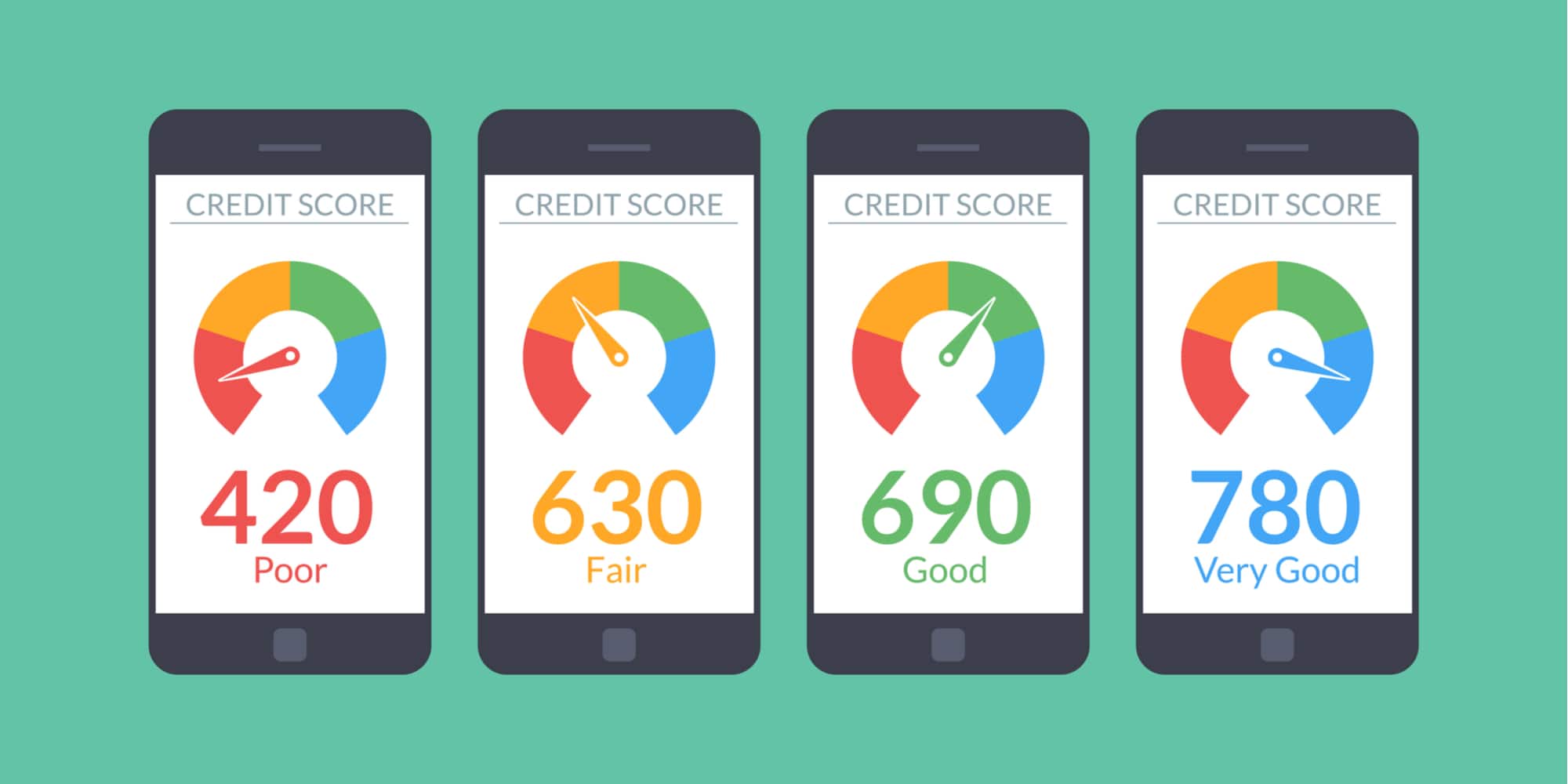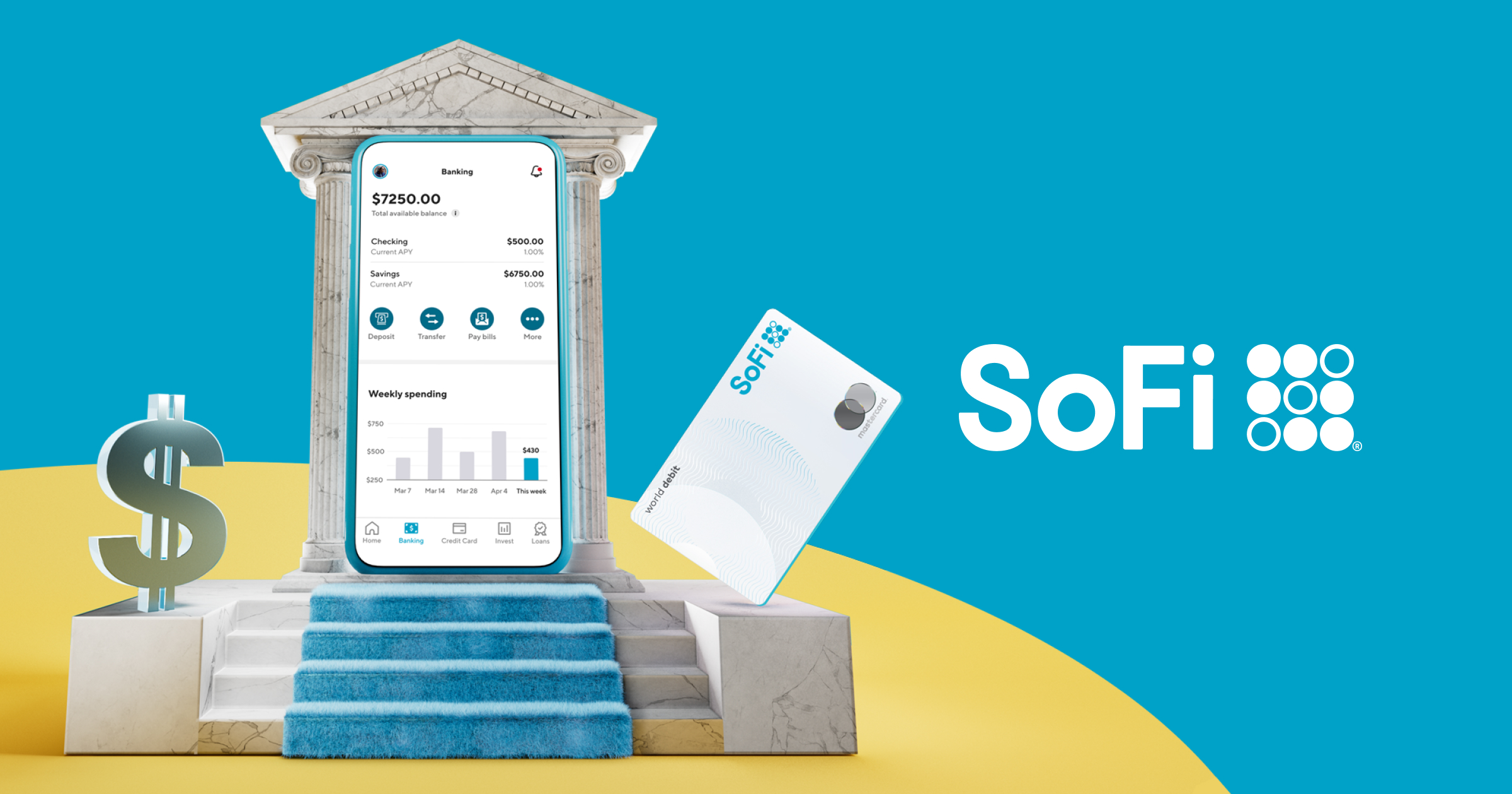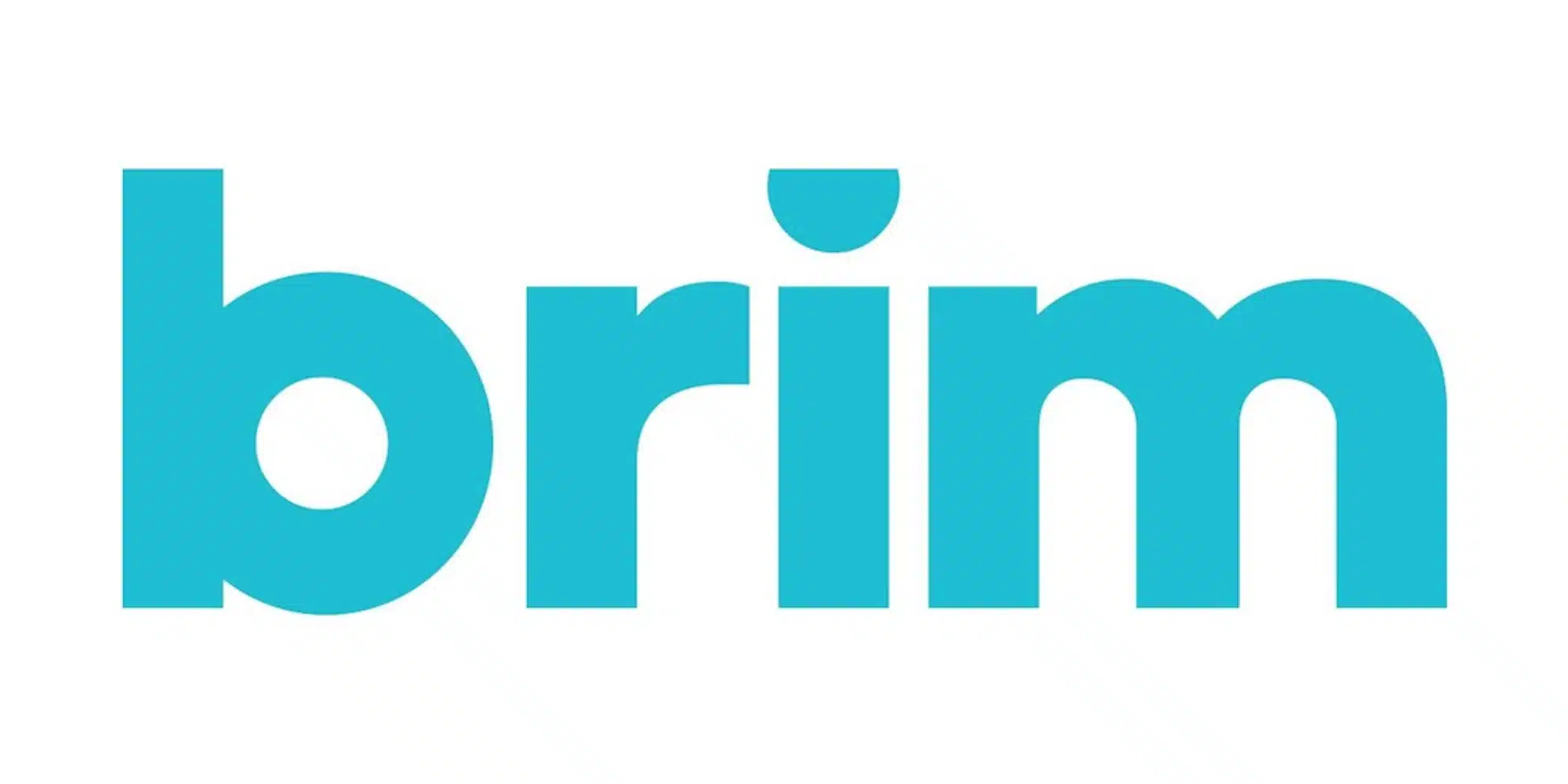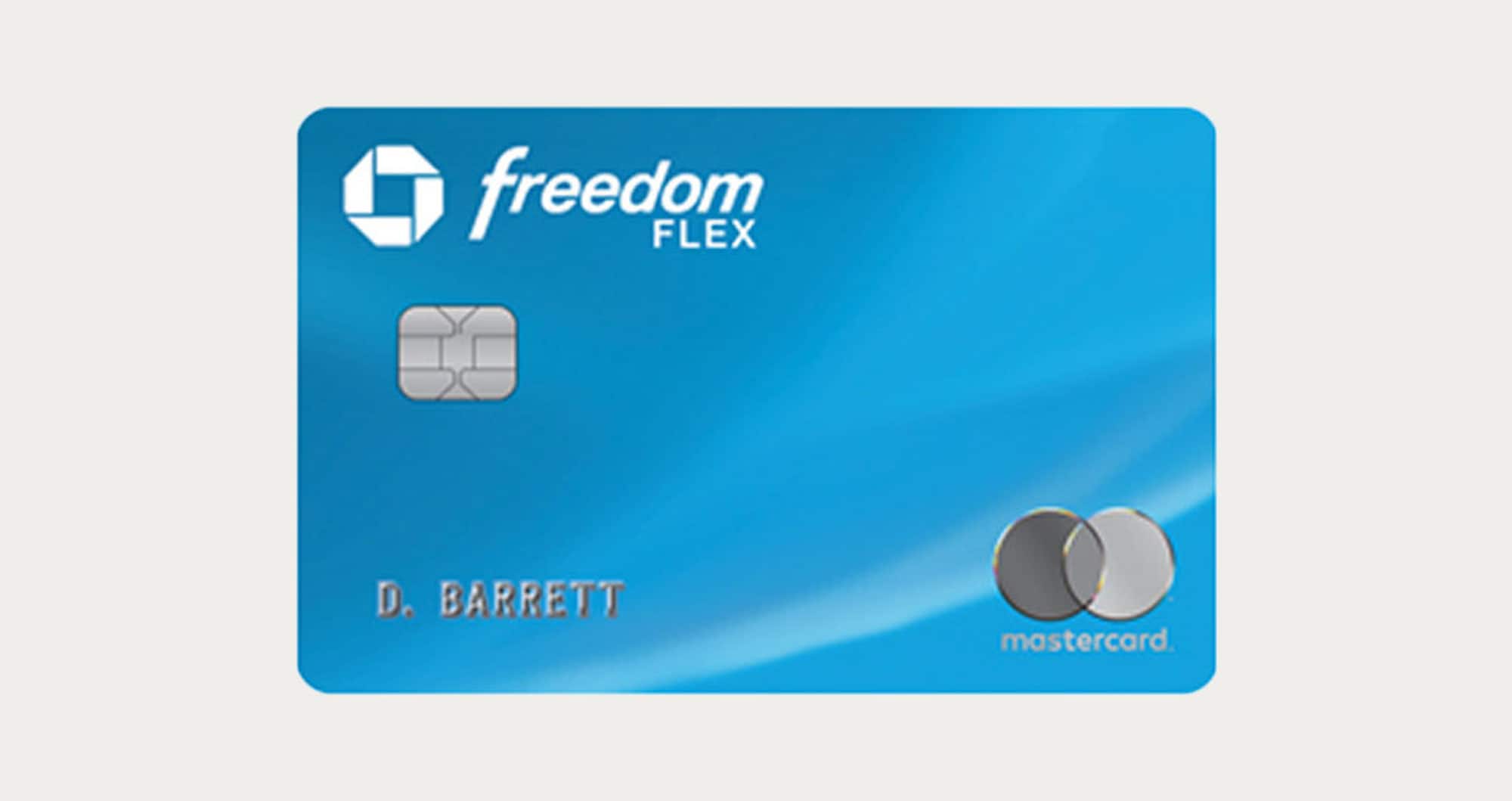
Money Management Product Reviews
Money at 30: Revolut Review
This review feels like its been a long time coming. That’s not really because I’ve been waiting for an extended period to post it but just because I’ve been mildly obsessed with Revolut ever since I downloaded the app and signed up for myself. Plus, as I continued to dive deeper, I only became more intrigued — not to mention that new features have debuted in just the few weeks that I’ve been a customer.
With that tease, what about Revolut has piqued my interest and made me so excited to share my review? Let’s get right to it.
What is Revolut and What Does it Have to Offer?
Signing up for Revolut
In order to join Revolut, you’ll need to provide some basic personal information. This includes your full name, phone number, address, Social Security number, and more. You’ll also be asked to verify your identity by uploading a picture of your license, state-issued ID, or passport along with a selfie. In my case, apparently my photos weren’t quite right on my first try, but I was able to retake and resubmit them. That seemed to do the trick as I was then able to open my account.
Importantly, since Revolut is not a bank in its own right, deposits are held with Metropolitan Commercial Bank and are FDIC insured up to $250,000 per depositor.
Transferring and depositing money
To get started actually using Revolut, you’ll want to transfer money to your newfound account from an external bank account. This can be done using the secure API Plaid to log in to an existing bank account and initiate a transfer.
One unique feature I really appreciate about Revolut is that it also allows you to add funds to your account via debit card or even Apple Pay (although only via debit cards in Apple Pay, not credit cards). With this feature, your funds will arrive in your account instantly, which is extremely useful. However, there is a limit to how much you can transfer in a given timeframe using this feature — although those parameters aren’t explicit. Regardless, I love having this option available when I want to move money quickly and not wait three to five days.
Revolut also supports direct deposit for paychecks. In fact, like some other offerings, users can have access to their payroll funds up to two days early. That said, this feature is dependent on your employer’s payroll system and may not apply to every user.
As for missing features, there doesn’t seem to be a way to deposit paper checks on Revolut at this time. Normally this is something I’d harp on, but I’ll give them a bit of a pass since they do have so many other transfer options. Still, if they did add a mobile check deposit feature, I certainly wouldn’t complain.

Currency and accounts
Perhaps the main draw of Revolut is its support for 28 fiat currencies. This means that customers can instantly convert their local funds (in this case U.S. dollars) to any of these international currencies. What’s more, these conversions utilize interbank exchange rates, which update in real-time. More accurately, they’ll update in real-time during the weekdays, while pausing on weekends. Also, Revolut operates on London time, so you may notice a pause in updates starting late Friday night. Because of this, there may be a markup if you’re exchanging currency on weekends.
For free users, currency exchanges are currently limited to $6,500 per month. Over that, there’s a 0.5% fee tacked onto your exchange. Alternatively, you can upgrade to a paid plan, which has no conversion limits.
At this time, U.S. users cannot add foreign currencies directly to their account. Instead, you’ll need to add funds in USD and then convert them. A message in the Revolut app suggests that this will be changing in the near future, but there’s no firm date on when such a feature will roll out.
What’s cool about Revolut is that, once you convert your funds, you can hold them in your account — with each currency showing as its own subaccount. When you do hold foreign currencies, you may notice that your “All Accounts” balance (which displays in USD) will fluctuate. In any case, when it comes time to spend them, Revolut will first attempt to use the currency of the transaction. After that, it will default to your home currency. If you want greater control over which currency is utilized for a given purchase, you can also temporarily deactivate a currency account, thus forcing the app to choose the correct option. It should also be noted that Revolut cannot tap more than one currency to complete a transaction, so you’ll need to ensure that you have sufficient funds in whichever account you prefer to use.
I’d be remiss if I didn’t mention that, beyond fiat currencies, Revolut now also offers support for cryptocurrencies. At this time, the assets featured include Bitcoin, Ether, Bitcoin Cash, and Litecoin.
Conversion and alerts
Going hand in hand with Revolut’s ability to convert to foreign currency, the app also includes a feature where you can view current rates. Here you can also set alerts so that you’ll know if a currency reaches a certain high or low. That way, you can try to score the most advantageous conversions, potentially saving you money on your travels. Further enhancing this alert option, you can set Revolut to automatically exchange funds once they reach your target price.

Vaults (and Savings Vaults)
Moving from the main Revolut tab to the Wealth tab, another helpful feature found in the app is Vaults. Akin to SoFi Money’s identically-named feature, Vaults makes it easy to set aside money for various goals or upcoming bills. The balances in your Vaults won’t even show in your All Account balance, potentially reducing your temptation to spend this earmarked money.
To create a new Vault, just tap the “Create Vault” button, select whether you want it to be a personal or group Vault, and give it a name. Then, you can set a goal for your Vault, including a deadline you hope to reach that goal by. Another cool touch is that you can change the cover photo that displays on your Vault, further motivating you to save.
Like some other apps, Revolut employs a round-ups option to help users automatically set aside funds. For example, if you spent $3.65 on a cup of coffee, Revolut would add 35¢ to your savings to make the transaction an even $4. However, as an added twist, you can actually elect to put multipliers on the Spare Change option. Currently, you can choose to have the app automatically set 2, 3, 4, 5, or 10 times your spare change into your Vault. Meanwhile, you can also set up recurring funding for Vaults to ensure you’re consistently saving.
In just the past few weeks since I joined Revolut, the company has made a major upgrade to its already pretty cool Vaults product. Now, users have the option of converting their Vaults to Savings Vaults. When this is done, customers will enjoy the same features but will also earn interest on funds kept in their Vaults. According to Revolut’s site, Savings Vaults earn a 0.25% APY for free customers — although that rate doubles to 0.50% for those with paid plans (which we’ll talk about more in a moment). Also notable is that Savings Vault funds are deposited with Sutton Bank instead of Metropolitan Commercial Bank.
Finally, as I alluded to, Revolut also has Group Vaults. With these, you can invite other users to your Vault as you pursue a joint savings goal. This could come in handy for friends or couples planning a trip together, setting aside for a group gift, or perhaps even a Fantasy Football league. Personally, I haven’t tried a Group Vault yet nor do I really plan too, but I can at least see their worth.
While I love Savings Vaults overall, I do have one nitpick. In the app, Revolut describes these Vaults as having “Daily interest.” It’s true that your money does earn interest daily… but it is still paid out on the last day of the month like most savings accounts. Maybe I’m just reading into their wording too much but I imagined something akin to Apple Card’s Daily Cash, which pays rewards shortly after they’re earned. Such a feature would have been really interesting to me but, considering the small amount of interest earned on any given day, it probably wouldn’t make too much of a difference.

Debit cards, ATM access, and virtual cards
With your free Revolut account, you’ll receive a debit card that will allow you to spend multiple currencies. It will also give you access to more than 55,000 fee-free ATMs. To find these ATMs, you can head to the Widgets subtab and then tap on “Nearby ATMs.” A word of warning: by default, this feature will display all ATMs in your area. Thus, you’ll likely want to toggle on the “Surcharge-free only” option. Also, on Revolut’s site, they list that free users enjoy “No cost ATM withdrawals up to US$300 per month.” If that’s the case, that’s a pretty low number. It does double with each subsequent tier — but I’d be curious to know if this limit really includes the 55,000 Allpoint ATMs or is just referring to foreign ATMs (where Revolu won’t charge you but the machine operator might). Alas, the site’s Help Center hasn’t provided me an answer.
In addition to your physical debit card, Revolut also makes it easy to generate and manage virtual cards. These can be helpful for online shopping, free trials, and other times when you want to keep your “real” card details private. Revolut actually offers both a regular virtual card as well as a “disposable” one. With the standard virtual option, you can create multiple cards and assign specific names to them. Then, you can delete them as needed. Meanwhile, the disposable card is one-time use and will automatically delete/update itself after a purchase is made with it. By the way, it seems that the disposable card is only available to paid users.
For any physical or virtual cards (except the disposable), you can set monthly spending limits. Additionally, the same set of cards can be added to digital wallets such as Apple Pay. In fact, I was impressed with how streamlined and easy Revolut made this process, requiring only a couple of taps instead of needing to manually enter the card number. Lastly, you can manage other aspects of each card including your PIN or set a freeze on any card by visiting the Cards subtab under the main section of the app.
Rewards
Not too long ago, I noticed a new tab pop up in my Revolut app: Rewards. This is where users can take advantage of various cashback offers, including some from Postmates, Old Navy, Away, and others at the moment. To be honest, I haven’t tried out any of these offers yet and the list of deals isn’t as extensive as some other platforms. Regardless, it’s always awesome to have another rewards opportunity and so I’ll be sure to check back in the next time I’m looking for a good deal on a purchase.

Revolut Junior
While we’re on the topic of features I haven’t used myself yet, I should mention the existence of Revolut Junior. Intended for children between the ages of 12 and 17, this allows you to issue your kid their own debit card that you manage. Since I don’t have kids and because the app asks you for their info when creating a Junior account, I didn’t feel like fabricating offspring in order to dive deeper. Needless to say, however, this could be a very useful feature for parents.
Donations and Gifts
Before we get to the paid plans, I wanted to mention two other features found under Widgets. First, there’s Donations, where you can easily give to select charities. Currently, this list includes Feeding America and OutRight. In fact, if you donate at least $5 to the latter, you can unlock a special rainbow-colored debit card.
As for Gifts, here you can send greetings and digital cards with money attached. With some fun animations to choose from, it’s a nice little feature to have baked into the app. Yet, I think the best application of it involves the foreign currency capabilities. For example, if you have a friend traveling to France for their birthday, you could send them a gift in Euros, making it just that much more thoughtful. Of course, in order to accept your gift, the recipient will need to set up a Revolut account. Despite that small catch, I think this is a pretty cool feature and one I admittedly wouldn’t have dreamed up on my own.

Revolut Cards, Plans, and More
Although Revolut has a completely free-to-use plan, they also have two paid plans that offer additional benefits and features worth talking about. With that in mind, let’s take a brief look at what you need to know about these two upgraded plans.
Standard plan
- Cost: Free
- Includes: Most of the features discussed so far as well as Revolut Junior
- Debit card options: just the blue and purple original card
If all of these features we’ve discussed sound good to you, then you’ll probably be well-served with the free option. Although you won’t get a snazzy debit card, you’ll have access to the vast majority of Revolut’s functionality. Of course, you’ll also earn only 0.25% APY on your Savings Vault as opposed to 0.50%, but that’s still somewhat respectable given today’s rates.
Premium plan
- Cost: $9.99 a month or $94.99 for a year paid upfront
- Includes: All of the above features plus a premium debit card, up to two Revolut Junior accounts, up to $600 in ATM withdrawals, a disposable virtual card, overseas medical insurance, the ability to purchase airport lounge access, free airport lounge access for you and a friend if your flight is delayed, and more.
- Debit card options: Space Gray, Silver, and Rose Gold (all made of plastic)
For those who want a bit flashier of a debit card and want to add on some interesting travel perks, the Premium plan may be a good option. Paid monthly, the plan goes for $9.99 but you can save 20% if you pay for a year upfront. This plan will unlock some additional features including the aforementioned disposable virtual card as well as an extra Junior account.
Of course, the big selling point for Premium is in the travel perks. The account includes overseas medical insurance lest you run into trouble while traveling. Plus, in addition to being able to purchase airport lounge passes via LoungeKey, you can enjoy a free lounge pass for you and one traveling companion should your flight be delayed by an hour or more. Therefore, if you’re a regular traveler, this upgrade could be quite attractive.
Metal plan
- Cost: $15.99 a month or $149.99 for a year paid upfront
- Includes: All of these above features plus a metal premium debit card, up to five Revolut Junion accounts, up to $1,200 in ATM withdrawals, free lounge passes for you and up to three friends if your flight is delayed, delayed baggage and delayed flight insurance, and more
- Debit card options: Gold, Rose Gold, Black, Space Gray, or Silver debit card (each made out of metal)
The jump from the Premium to Metal subscription may not be as dramatic in terms of features, but it does pack in a few extra travel perks. Instead of just getting you and one friend into a lounge for free when your flight is delayed, Metal users will get themselves and three travel companions in. Speaking of delays, this tier also adds insurance for delayed baggage and flights. Oh, and it comes with a nifty metal debit card that weighs a reported 18 grams.
For these extra benefits, you’ll pay $15.99 a month or, if you pay upfront, $149.99 for the year. Personally, I think that makes it a bit harder to swallow than the Premium… yet it’s the one I went for.

My Experience with Revolut
Why I went with Metal
Typically when I review various apps, I might use the free trial period to evaluate the offering or perhaps subscribe for one paid month to determine whether I’d like to keep going. Yet, with Revolut, I decided to invest in a year-long Metal membership off the bat. Why? Well, for one, I thought it would be interesting to compare the three Revolut debit cards. More importantly, however, I was intrigued by the travel insurance offering (which is also offered with the Premium plan, but whatever).
So was it worth it? Well, it’s kind of too early to say since I haven’t been able to travel anywhere (and hopefully won’t need to actually use the insurance even when I resume my adventures). That said, I do love my rose gold debit card… not that that’s worth $150. In any case, while I’m glad I ponied up the money so that I could dive deeper into Revolut, I’m guessing a Basic membership is the right move for most users.
The debit cards
Speaking of Metal and debit cards, I have to share something strange I discovered upon upgrading. Both my Metal card and the Premium one I ordered as a back-up (you’re allowed up to three cards with the top-tier membership) shipped from Poland and were delivered by DHL. Since I got this shipping update prior to my Basic card arriving, I was a little concerned that the company was shipping all of its debit cards from Europe. Luckily, that’s not the case as my regular card came from Massachusetts — which seems much more cost-effective. Honestly, I actually feel bad that I ordered an extra card knowing what I know now (even though I did order them at the same time in hopes they’d ship together). While I’m on the topic, I’ll also note that Revolut’s shipment tracking could use some work as, whenever I would check it, it would just ask me to confirm my address and then say “it’s on it’s way!”
As for the debit card designs, as I noted, I really like the Metal design I choose and the Space Grey premium card is fairly nice as well. Sadly, while I like the colors of Basic Revolut card, it feels very outdated at this point — specifically thanks to the embossed numbers it bears on its face. To be fair, the mock-up displayed in the app does show this feature, although part of me still hoped this was just a subtle ploy to push people toward paid memberships. Obviously this isn’t a huge dealbreaker but I do wish the card was a bit more attractive nonetheless.
Busy app
If it wasn’t already clear, Revolut has a lot of features packed into its app. On the whole, that’s a good thing as most of these functions are useful. However, I’d be lying if I said there weren’t times when I got a little lost inside of the app. Even though the app only has five main tabs, it’s the subtabs that can be a bit difficult to navigate until you get the hang of them.
Perhaps the most confusing example is the Home screen. While I knew that there was definitely a nifty currency converter you could use and monitor, when I went to look for it again, I couldn’t find it for the life of me. That’s because, in addition to the Accounts, Cards, and Junior subtabs on the Home tab, there are three buttons in the upper right as well. As it turns out, it was via the first of those three buttons that you access the conversion tools — which itself has four more subtabs!
As Revolut continues to expand its offerings, I see this problem only getting worse. Therefore, the learning curve could grow pretty steep for new users. Still, with some time, hopefully you can start to figure out the best ways to reach what you’re looking for.
Quirks
With Revolut being based in London and operating all over Europe before arriving stateside, the app and site seem to employ some terms that don’t quite translate to the U.S. market. Granted, these seem to be phased out with each update, but there are still other areas in which I’m a little confused. Thus, I wish the site’s Help Center were a bit better so that I could find answers to some questions I have regarding their ATM policy and the travel health insurance. But, hey, perhaps I should put that “priority support” that comes with my Metal card to use, eh?
Final Thoughts on Revolut
As I mentioned at the top, exploring Revolut has been quite a journey for me. Overall, that journey has been very positive. Not only am I currently enjoying using some of the account’s features but I also look forward to experimenting with other perks once international travel resumes.
At the same time, the app is not perfect and can be a bit overwhelming at times. Plus, while rolling out new features is great overall, it does make things a bit confusing — especially when some are so new that they’re not explained on Revolut’s site. Also, while I like the idea of the travel medical insurance provided with the Premium and Metal plans, I honestly don’t know enough about comparable products to know if what’s offered is actually of value.
With all things considered, I definitely think it’s worth checking out Revolut for yourself. However, while I personally signed up for the Metal plan to try, at this time, I think I’d advise most people to stick with the Basic plan (even if the physical card that comes with that plan leaves something to be desired). Then, if you decide that you can make use of the travel insurance and lounge access, you might consider an upgrade. Either way, Revolut is one company I will be keeping a close eye on as they’ve already captured my interest in a big way.
Revolut is a digital banking app that not only allows you to manage your money and work towards savings goals but also enables you to convert your U.S. dollars to 28 different fiat currencies at the lowest exchange rates available. These foreign currencies can also be held in your account and spent via your Revolut debit card.
Revolut funds are held with Metropolitan Commercial Bank and are FDIC insured. However, foreign currencies can lose value so exchanging funds should be considered a form of investing.
There are three service tiers for Revolut, including their free Standard plan. Many of the app’s main features are available to free users, although ATM withdrawal and currency exchange limits may apply.
The Revolut Mastercard debit card is issued by Metropolitan Commercial Bank. Notably, however, funds kept in Revolut’s Savings Vaults are held at Sutton Bank.
Revolut offers a free debit card to customers. While this includes the basic card by default, users can also upgrade their accounts to unlock additional debit card designs, including metal options.










